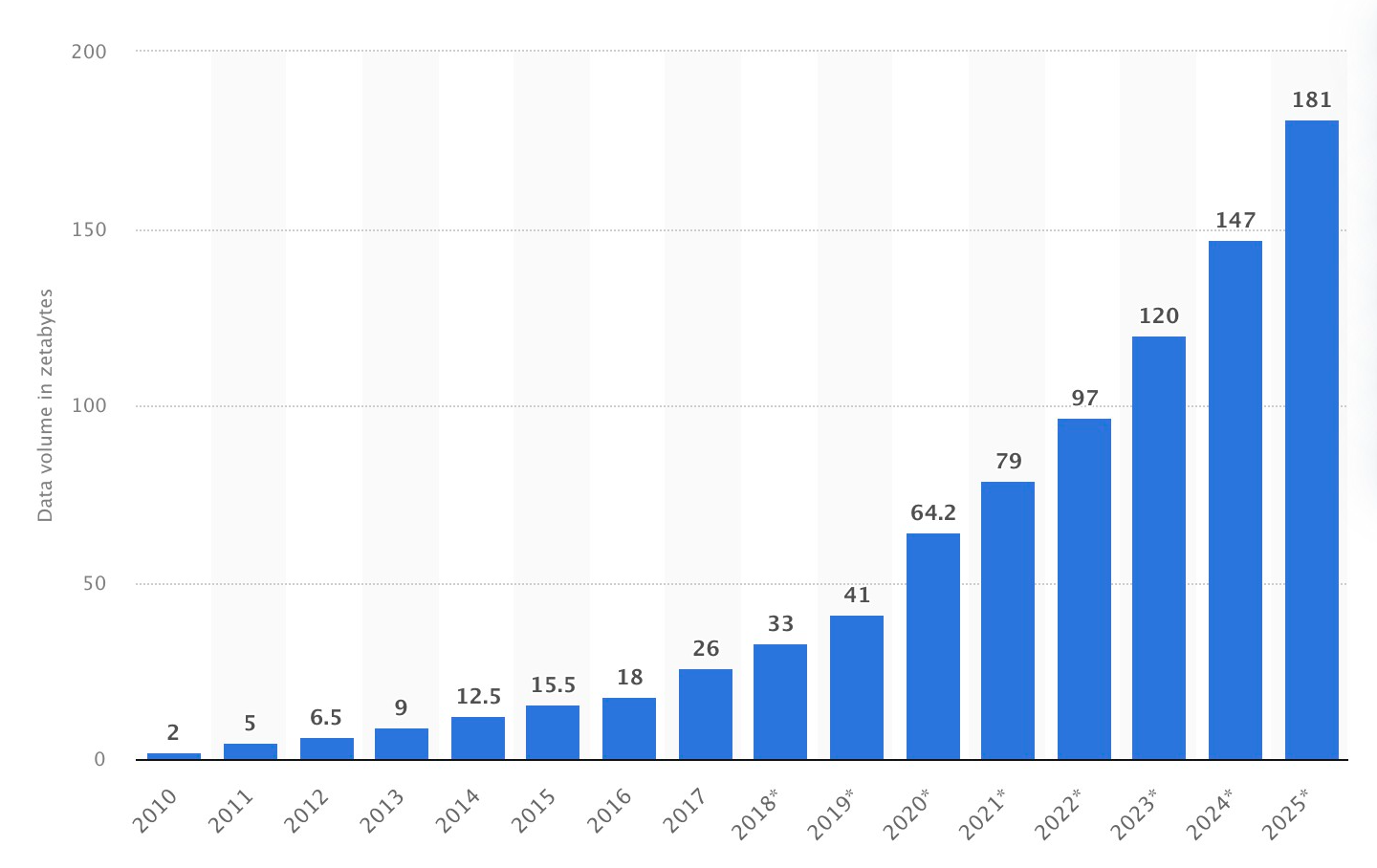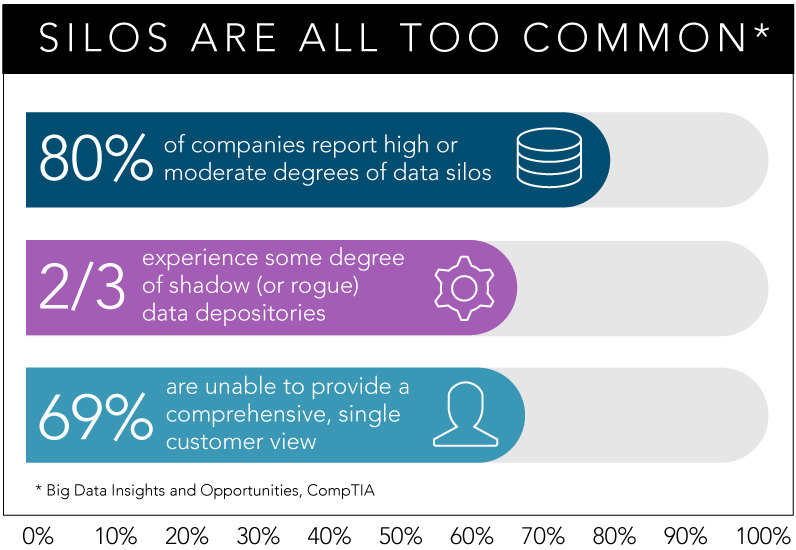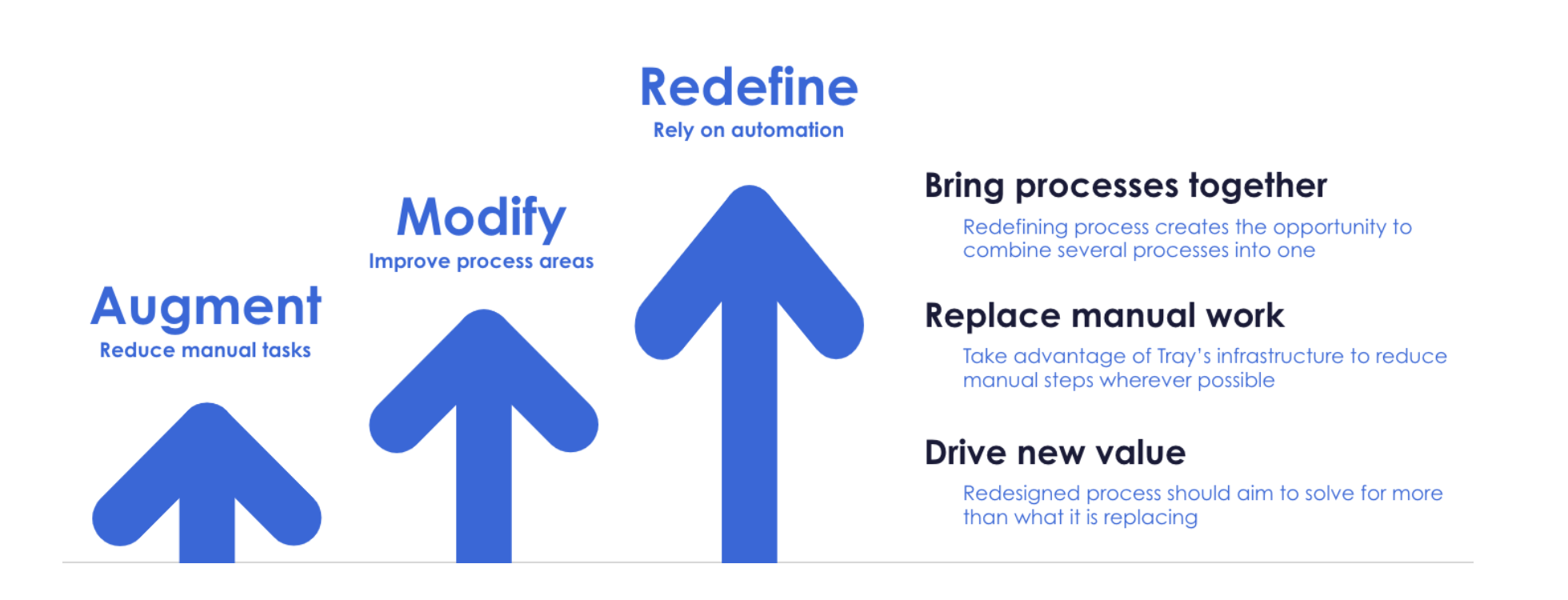Beyond process automation: Redefinition drives new value


Matt Eckler
Automation Evangelist
With low-code automation, you can focus on outcomes and data while handling infrastructure, APIs, authentications, and end-to-end software lifecycle management.
Taking full control of your data with automation
If your team relies on software apps of any kind (and it probably does), you already know the ups and downs of having to manage data across all your different systems. In this article, we’ll explore how smart companies are using low-code automation and integrations to take full control of their data by completely redefining their processes.
You may have heard the expression that “data is the new oil”–an incredibly valuable resource for businesses. You may also be aware that businesses are producing vast quantities of new data annually. According to some estimates, by 2025, the world will produce 181 zettabytes’ worth of data (a zettabyte being a trillion gigabytes).

Estimates suggest 2025 will produce more than 180 trillion gigabytes of data. Image courtesy Statista.
How data silos obstruct your processes and your company’s growth
More troublingly, even though organizations like yours are producing vast quantities of data every day, they can’t always make the most of it. A common problem among companies of all sizes is data silos–the phenomenon of having your data “stuck” within individual applications, with no way to connect, sync, or modify it across different applications.
Need to pass along lead and contact information from your marketing team to your sales team? Need to flow order and shipping data from your e-commerce group to your supply chain group? Unless your company’s tech stack has robust API integrations–software-level connections that let you seamlessly flow data across your apps–it’s likely that your team is spending an inordinate amount of time and effort managing all that data manually. Devoting hours to copy-pasting rows and columns to and from spreadsheets not only takes your teams away from more-strategic tasks, it also prevents you from scaling your processes so your company can grow. Sound familiar? More than 80% of companies report having to struggle with data silos regularly.

80% of companies struggle with data silos. Image courtesy Dun & Bradstreet.
Low code gives teams the power to redefine processes and own their data
Fortunately, there’s a new solution that not only breaks down data silos, but also gives teams across the entire organization the power to uplevel their processes. Low-code platforms do not require their users to write code as engineers do. And a General Automation Platform (GAP), which combines integration and process automation capabilities, gives users the power to break down data silos and drastically improve their processes. Instead of spending hours manually copy-pasting data, teams that utilize low-code platforms can radically redefine their processes, shifting away from manual work or tasks they’ve outsourced to IT or other organizations, and take full control of both their processes and their data.
There are many benefits to utilizing low-code GAPs. For example, because GAPs don’t require coding, and instead offer an accessible, visual frontend, it’s common for line-of-business users to build their own integrations and design their own automated processes to manage custom data flows. As a result, teams become significantly more productive at a much lower cost, since they can self-service, rather than having to rely on scarce and costly IT resources to develop or deploy what they build. And since GAPs operate on serverless cloud architecture, teams that use them don’t need to worry about the cost or risk of hosting what they’ve built either.

General Automation Platforms abstract away technical issues such as infrastructure and API management, so teams can focus on better processes.
The benefits of low-code automation
The best GAPs provide the capability to build processes visually in an enterprise-grade execution environment. Builders can use a GAP’s graphical workflow builder to create and test their workflows and, once complete, immediately use them in a production environment. Without writing any code, teams execute complex data transformations and call APIs with an extensive library of SaaS connectors.
In addition to connectors for individual SaaS products, the best GAPs also include custom logic operators to configure bespoke workflow logic, helper connectors for data transformation, and service connectors for leveraging SaaS APIs. Integrating SaaS tools to break down data silos is a matter of simply dragging and dropping apps together. In addition, connecting SaaS tools with data helpers and logic operators gives rise to an automated workflow–which orchestrates as many custom processes as you specify in response to whichever custom trigger you set.
Because GAPs offer a visual, drag-and-drop interface, there’s no immediate need to write a single line of code. And because GAPs use serverless cloud architecture, there’s no hosting involved. As a result, GAP users can stop worrying about technical constraints and focus on building the custom processes that are right for their unique business needs.
As teams become automation experts with GAPs, they can free up time lost to process overhead and focus on improving their overall output via process redefinition. You can think about process redefinition through the augment-modify-redefine model. We derive our model from a framework developed by education researcher Ruben Puentedura to describe technology integration. Through this framework, we can easily categorize solutions into one of three groups: solutions that augment work, modify it, or redefine the work altogether.

How low-code automation delivers value across the organization
GAP users deliver value across their operations in each of these categories:
Several GAP users augment their sales process with a CRM-to-ERP automation that both records new customer and sales order data in their ERP and publicly notifies the sales team of the sale details for celebration. We can trigger such important revenue-related events with an automated deal-close in the CRM, which facilitates painless financial recording and team collaboration.
Some GAP users modify their nurture campaign process by connecting a campaign list and lead/customer database queries to their messaging software. Marketers can launch a configured messaging campaign for a customer segment without having to manage the campaign subscription list. As a result, marketers can dramatically improve the performance of their campaigns with auto-refreshed data that never accidentally emails previously opted-out leads.
Some GAP users redefine their work by creating a custom team experience across several software tools. By stitching processes through their tools, they speed up their work and can deliver painless reporting and tracking at the process level.
Teams that find success in automating manual processes can graduate to completely redefining processes and change the way they work, all without needing to rely on IT or adding purpose-built tools to their never-ending stack. Interested in trying a General Automation Platform? Sign up for a free trial and discover how you can take full control of your processes and data with automation.